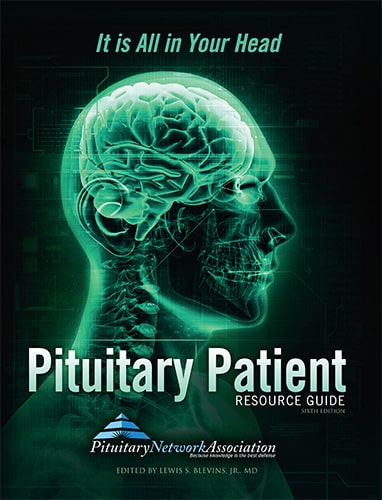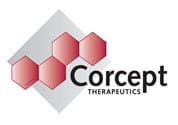News Articles February 2022
Written on 04 February 2022.
Arthritis
Inflammation of a joint or a state characterized by inflammation of joints.
Arthritis is caused by inflammation, of the tissue lining the joints. Some signs of inflammation include redness, heat, pain, and swelling. In some types of arthritis, the joints involved can become severely damaged. There are different types of arthritis. In some diseases in which arthritis occurs, other organs, such as the eyes, the chest, or the skin, can also be affected.
Articulation
The adjustments and movements of speech organs involved in pronouncing a particular sound, taken as a whole.
A neurological examination assesses motor and sensory skills, the functioning of one or more cranial nerves, articulation, hearing, vision, coordination and balance, mental status, and changes in mood or behavior, among other abilities.
Artifact
Something artificial, a distortion that does not reflect normal anatomy or pathology, not usually found in the body.
A structure or substance not normally present but produced by an external agent or action, such as a structure seen in a microscopic specimen after fixation that is not present in the living tissue. For example, in radiology, the appearance on an x-ray of a surgical metal clip that obscures the clear view of an anatomical structure.
Aspiration
An accidental sucking in of food particles or fluids into the lungs. Can also mean removal of a sample of fluid and cells through a needle.
Aspiration as a medical procedure is the removal of fluid or tissue through a needle, called a needle biopsy.
Breathing in a foreign object (such as sucking food into the airway).
The term can also refer to a medical procedure that removes substances from an area of the body such as air, body fluids, or bone fragments.
Asymptomatic
To have a disease condition without showing obvious outward symptoms.
Many pituitary patients however, do have mild symptoms that are simply not recognized by treating physicians.
Atherosclerosis
Atherosclerosis is the buildup of fat and other material inside the artery walls.
Atherosclerosis is a disease in which plaque (plak) builds up on the insides of the arteries. Arteries are blood vessels that carry oxygen-rich blood to the heart and other parts of the body. Plaque is made up of fat, cholesterol, calcium, and other substances found in the blood. Over time, plaque hardens and narrows the arteries. The flow of oxygen-rich blood to the organs and other parts of the body is reduced. This can lead to serious problems, including heart attack, stroke, or even death.
Atrophic Vaginitis
Thinning of the lining of the vagina due to decreased production of estrogen.
Atrophic vaginitis is an inflammation of the vagina due to thinning and shrinking tissues and a decrease in lubrication. Atrophic vaginitis is typically caused by a decrease in estrogen levels that normally drop after menopause. The disorder may occur in younger women after surgical removal of the ovaries. Some women may develop the condition immediately after childbirth or while breastfeeding, due to low estrogen levels at these times.
Atrophy
A wasting of tissues, organs, or the entire body.
Muscle atrophy can be caused by lack of physical exercise (Disuse atrophy), and can be reversed by exercise. But the second and most severe type of muscle atrophy is neurogenic atrophy. It occurs when there is injury or disease to a nerve. This type of muscle atrophy tends to occur more suddenly than disuse atrophy. Diseases affecting the nerves that control muscles are poliomyelitis (polio), amyotrophic lateral sclerosis (ALS or Lou Gehrig’s disease), and Guillain-Barre syndrome.
Attenuation
A decrease in vitality or pathogenicityof a microorganism or in the severity of a disease.
In radiology; the loss of energy of a beam of radiant energy due to absorption, scattering, beam divergence, and other causes as the beam propagates through a medium.
Audiometry
A test to measure hearing.
An audiology exam tests the ability to hear sounds by intensity (volume or loudness) and tone (the speed of sound wave vibrations). Sound waves move to the nerves of the inner ear and then the brain and can travel to the inner ear by air conduction (the ear canal, eardrum, and bones of the middle ear) or bone conduction (through the bones around and behind the ear).
Available Now!

The Pituitary Patient Resource Guide Sixth Edition is now available! Be one of the first to have the most up-to-date information. The Pituitary Patient Resource Guide a one of a kind publication intended as an invaluable source of information not only for patients but also their families, physicians, and all health care providers. It contains information on symptoms, proper testing, how to get a diagnosis, and the treatment options that are available. It also includes Pituitary Network Association's patient resource listings for expert medical care.





